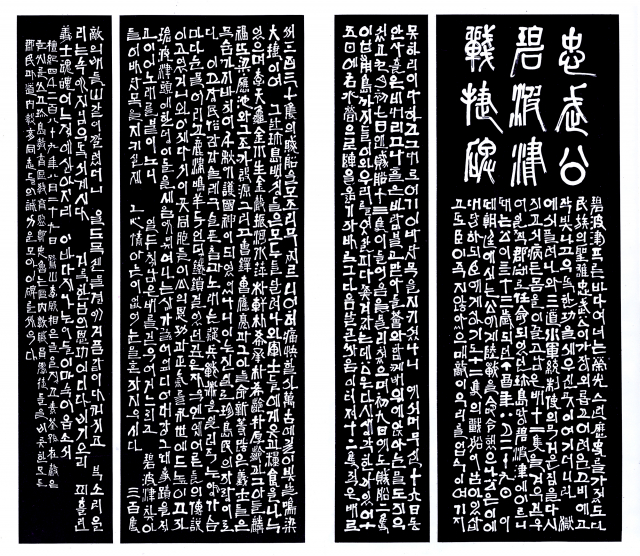
Fan (dedicated to Shin Hee-gi) and 13 others
Sojeon Son Jaehyung - The Man Who Made Calligraphy Art
Sojeon Son Jae-hyeong (1903-1981) was the man who transformed writing into art. He wasn't just skilled with a brush—he was a visionary who elevated Korean calligraphy into modern art, a practitioner who made it happen, and an educator who passed on that spirit.
This exhibition hall displays his diverse calligraphic works. Chinese characters and Korean script, clerical and cursive styles, hanging scrolls and folding screens—though formats vary, every brushstroke shows consistent restraint, dignity, and visual sense.
Sojeon's writing isn't decorative or showy. Yet each stroke flows with substantial life force. He mastered traditional methods while adding contemporary breath and Korean aesthetic sense, completing modern calligraphy's independent direction.
To fully understand Son Jae-hyeong, we must look beyond his works to the concepts and practices he created. "Seoye"—the word we naturally use today for calligraphy—actually emerged from his efforts to establish writing as art and give it social recognition.
Until the Joseon period, writing was called "seohua" or "pildo," remaining in the realm of scholarly cultivation or administrative skill. But he declared firmly: "Writing is art.“
He elevated brush and ink aesthetics into modern art genre. He organized exhibitions, published books, taught students, letting this spirit permeate institutions and daily life. His seals, manuscripts, textbooks, and countless research materials weren't just records preserving tradition—they were tools for carving life through writing and bringing tradition into today.
This Sojeon Museum here in Jindo sits on the extension of his beloved life. His pen name "Sojeon" means "white field"—writing and cultivating anew on emptied ground.
That flame remained in his writing, continued through his students' brushstrokes, and still breathes throughout this exhibition hall. Though his brush stopped, the spirit continues.
Before Son Jae-hyeong's calligraphy, we're not just viewing the past—we're witnessing tradition breathing again today.
Born right here in Jindo, this great artist gave us more than beautiful writing. He gave us a new way to see and value our cultural heritage. Today when we visit calligraphy exhibitions, study brush techniques, or simply appreciate the art of beautiful writing, we're experiencing his lasting gift to Korea and the world.
This exhibition hall displays his diverse calligraphic works. Chinese characters and Korean script, clerical and cursive styles, hanging scrolls and folding screens—though formats vary, every brushstroke shows consistent restraint, dignity, and visual sense.
Sojeon's writing isn't decorative or showy. Yet each stroke flows with substantial life force. He mastered traditional methods while adding contemporary breath and Korean aesthetic sense, completing modern calligraphy's independent direction.
To fully understand Son Jae-hyeong, we must look beyond his works to the concepts and practices he created. "Seoye"—the word we naturally use today for calligraphy—actually emerged from his efforts to establish writing as art and give it social recognition.
Until the Joseon period, writing was called "seohua" or "pildo," remaining in the realm of scholarly cultivation or administrative skill. But he declared firmly: "Writing is art.“
He elevated brush and ink aesthetics into modern art genre. He organized exhibitions, published books, taught students, letting this spirit permeate institutions and daily life. His seals, manuscripts, textbooks, and countless research materials weren't just records preserving tradition—they were tools for carving life through writing and bringing tradition into today.
This Sojeon Museum here in Jindo sits on the extension of his beloved life. His pen name "Sojeon" means "white field"—writing and cultivating anew on emptied ground.
That flame remained in his writing, continued through his students' brushstrokes, and still breathes throughout this exhibition hall. Though his brush stopped, the spirit continues.
Before Son Jae-hyeong's calligraphy, we're not just viewing the past—we're witnessing tradition breathing again today.
Born right here in Jindo, this great artist gave us more than beautiful writing. He gave us a new way to see and value our cultural heritage. Today when we visit calligraphy exhibitions, study brush techniques, or simply appreciate the art of beautiful writing, we're experiencing his lasting gift to Korea and the world.
